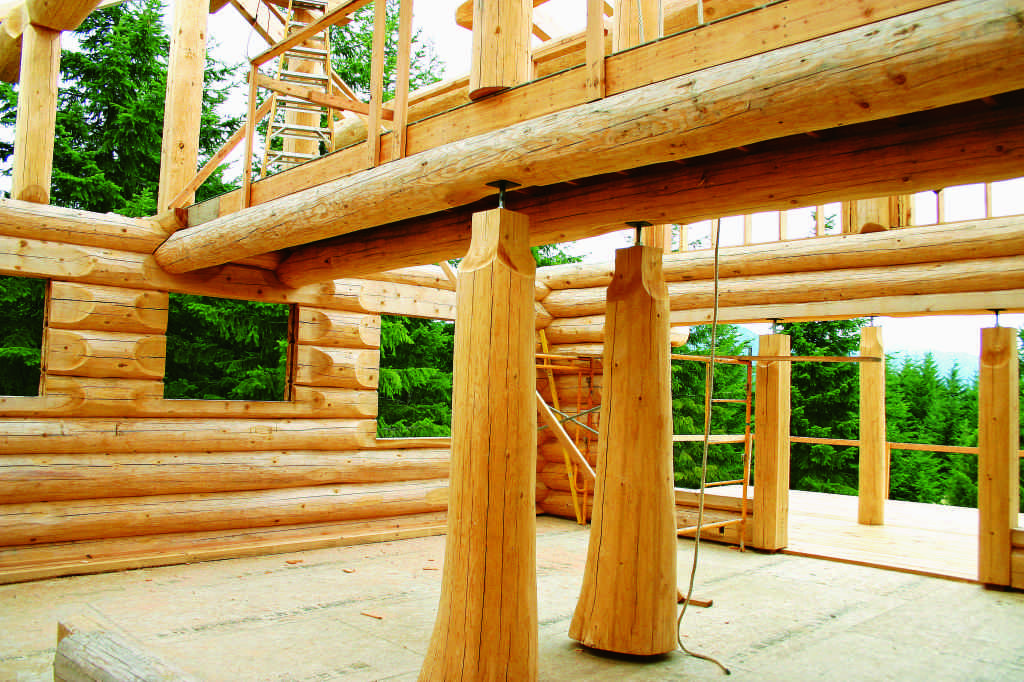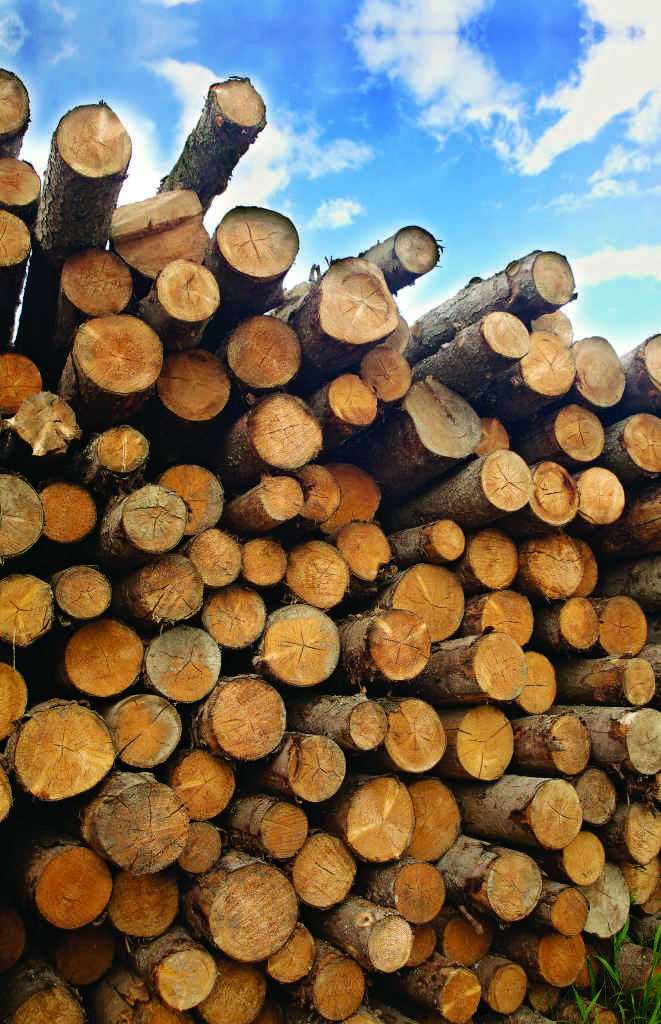Wood shrinkage and the resulting settlement and movement are not problems but characteristics of working with a natural material. Shrinkage becomes a problem only when the log manufacturer, builder or homeowner fails to recognize or respect it.
While it is important and under certain conditions even critical, most settlement and shrinkage concerns are more for energy efficiency, maintenance time and expense, and construction quality than for structural integrity. The basic engineering of a log home makes for a strong building that can withstand a great deal of design and construction abuse.
Settlement
The important consideration isn’t how to avoid settlement but how to handle it. Settlement is affected by the kind of wood used for the logs, conditions under which the trees were grown, the season when the logs were cut, the home’s engineering system, the construction method, and even the type of heating and cooling system used in the home.
So there isn’t a single, simple answer. Engineering and building for settlement involve preparing for a range of possible movement. To accommodate settlement inside the house, as well as in the log walls, there must be settlement space in interior framed walls.
So-called “shrinking” or “settling” walls, used by a number of log-home companies, place the weight of the second floor and roof on posts rather than bearing walls. Interior framed walls contain a space near the top that is concealed behind trim secured only to the top of the settlement space.
The support posts rest on shims or adjustable jacks. As the log walls settle, the shims are removed or the jacks are lowered. Either action lowers the center of the roof and second-floor system, keeping it aligned with the log wall.
As the center lowers, the settling space, concealed behind trim, closes. Because the trim is fastened only at the top of the settling space, it isn’t necessary to remove it to make adjustments. As a bonus, since there are no interior bearing walls, the house is a remodeler’s dream.
You can knock out and rearrange walls to your heart’s content. Just don’t mess with those posts.
What determines the costs of logs?
Three factors influence cost: availability, species characteristics and processing. Wood is a commodity, so prices vary regionally and fluctuate frequently.
Just because one company’s price for a particular wood species is high, don’t assume everyone else’s will be, too. The wood may be harder to acquire in one company’s area, or another company may have bought its current inventory when the market price was lower.
All things being equal, wood species that a producer can buy locally cost less than the same species that must be hauled a distance to the producer’s location.
Because species vary around the country, a wood that’s common — and thus cheaper — in one area may be rare or unobtainable in another. As you compare log-package costs from different producers, obtain quotes for different species from the same producer if possible.
You might also compare costs for a specific species among several log producers. The choice of wood species can affect your bottom line cost by as much as 20 percent.













